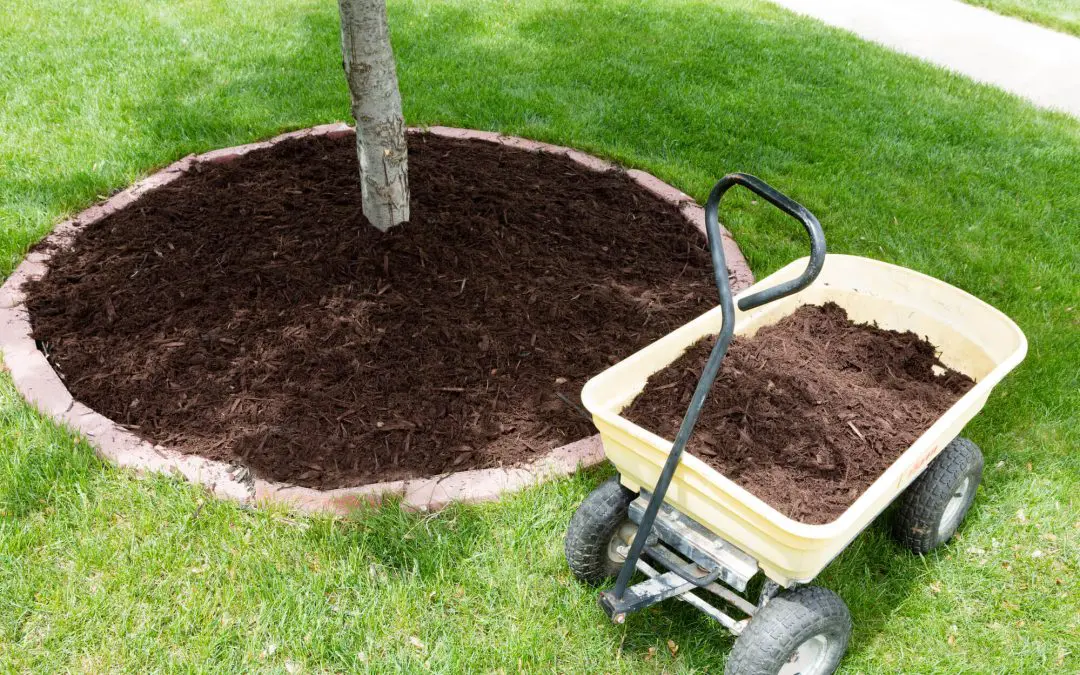Summer is the perfect time to enhance your outdoor space, creating a vibrant and welcoming environment for relaxation and entertainment. Whether you have a sprawling garden or a cozy backyard, these summer landscaping tips will help you make the most of the season.
Summer Landscaping Tips: Plan Your Design
Before diving into planting and decorating, plan your landscape design. Consider the layout of your space, the amount of sunlight different areas receive, and the types of plants that thrive in your climate. A well-thought-out plan ensures a cohesive and functional outdoor area.
Choose Drought-Resistant Plants
Summer heat can be harsh on plants, so selecting drought-resistant varieties is essential. Native plants are typically well-suited to local conditions and require less water and maintenance. Succulents, lavender, and ornamental grasses create a lush, low-maintenance garden.
Create Shaded Areas
Shade is crucial for enjoying your outdoor space during the scorching summer months. Incorporate trees, pergolas, or awnings to provide relief from the sun. Planting fast-growing trees like willows or climbing plants on trellises creates naturally shaded areas.
Install Efficient Irrigation Systems
Efficient irrigation is key to maintaining a healthy garden during summer. Drip irrigation systems deliver water directly to the roots of plants, reducing evaporation and ensuring optimal hydration. Consider installing a timer to automate watering schedules to conserve water and give your plants consistent care.
Mulch Your Garden Beds During Summer Landscaping
Mulching is a simple yet effective way to retain moisture in the soil and regulate temperature. Organic mulch, such as wood chips or straw, helps prevent weed growth and adds nutrients to the soil as it decomposes. Apply a generous layer of mulch around your plants to keep them cool and hydrated.
Add Color with Seasonal Blooms
Summer is synonymous with vibrant colors. Enhance your landscape with seasonal blooms like marigolds, zinnias, and petunias. These flowers thrive in the summer heat and add color to your garden. Group plants with similar water and sunlight requirements to create harmonious and visually appealing flower beds.
Incorporate Hardscaping Elements
Hardscaping elements like pathways, patios, and garden borders can transform your outdoor space. Use materials like stone, brick, or gravel to create functional and attractive areas for dining, lounging, or walking. Hardscaping adds structure to your landscape and reduces the amount of lawn and garden maintenance required.
Maintain Your Lawn
A lush, green lawn is the centerpiece of many summer landscapes. Keep your lawn healthy by mowing regularly, but avoid cutting it too short, as longer grass retains moisture better. Aerate your lawn to improve soil drainage and reduce compaction. Water deeply but infrequently to encourage deep root growth.
Lighting for Ambiance
Strategic lighting can extend the usability of your outdoor space into the evening. Solar-powered garden lights, string lights, and lanterns create a warm and inviting ambiance. Illuminate pathways, highlight focal points like water features or sculptures, and add soft lighting to seating areas for a cozy atmosphere.
Sustainable Practices for Summer Landscaping
Adopting sustainable landscaping practices benefits both your garden and the environment. Compost kitchen scraps and garden waste to enrich your soil naturally. Collect rainwater in barrels for irrigation, reducing your reliance on municipal water. Avoid using chemical pesticides and fertilizers, opting for organic alternatives instead.
Transforming your outdoor space into a summer haven is a rewarding endeavor. Embrace the season and make the most of your outdoor space with these summer landscaping tips.
Summer Landscaping FAQs
What are some creative ways to add privacy to my yard?
Use tall plants like bamboo or ornamental grasses, install trellises with climbing vines, or strategically place decorative screens and pergolas. Layered plantings with shrubs and trees can also provide natural privacy barriers.
Can I plant new shrubs and trees in the summer?
It’s generally better to plant shrubs and trees in spring or fall, but if you must plant in summer, choose heat-tolerant varieties, water them frequently, and provide shade to reduce transplant shock.
How do I attract pollinators to my garden?
Plant various flowering plants that bloom at different times, provide water sources, and avoid using pesticides. Plants like milkweed, sunflowers, and lavender attract bees, butterflies, and other pollinators.
How can I keep my outdoor furniture looking new during the summer?
To keep outdoor furniture looking new, regularly clean it with mild soap and water, and consider applying a protective sealant or cover when not in use. Store cushions and fabrics indoors during extreme weather to prevent fading and mildew.
M&T Inspection Services provides home inspection services in Indianapolis. Contact us to schedule an appointment.

